18-character tips of museums light
Author:Bill Wu Issuing time:2015-09-12
The main purpose of people go to museum is to understand the history and accept cultural influence, so the light environment here under the premise of protect exhibits, addition, it should create a suitable atmosphere to education ornamental.
So, how to create the right light environment? For the above-mentioned subject, what kind of light is appropriate?
Illuminance and glare problems of museum

Fig1:Guangdong Museum:severe glare and RGB discoloration that let specimens and fossils lack fidelity
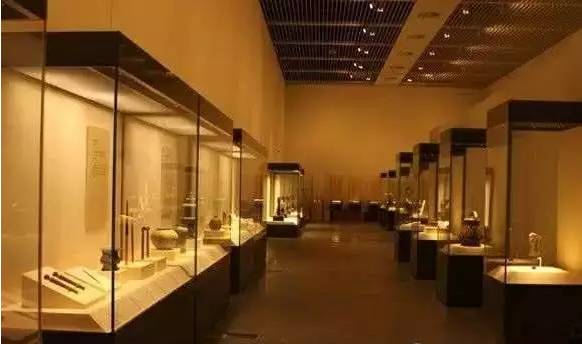
Fig2:National Museum, suitable light allows the viewer focus on the exhibits naturally, comfortably and clearly, without interference from unwanted light
The higher the ambient illumination, the more excited people. People will be excited when accompanied by a high illuminance glare, which is not conducive to peace of mind to appreciate and learn. When the illumination down, people will turn to quiet mood, Then a perfect time to accept the influence of education come.
Therefore, the museum is a dim light environment, and uses a dark lining bright light is accurate.
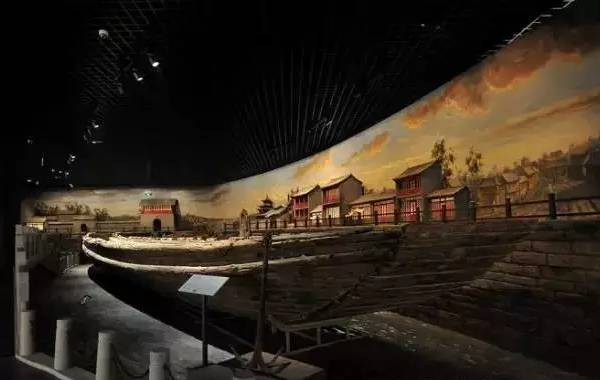
Fig3:Using dark lining bright to highlight exhibits
So, how to control the glare problem?
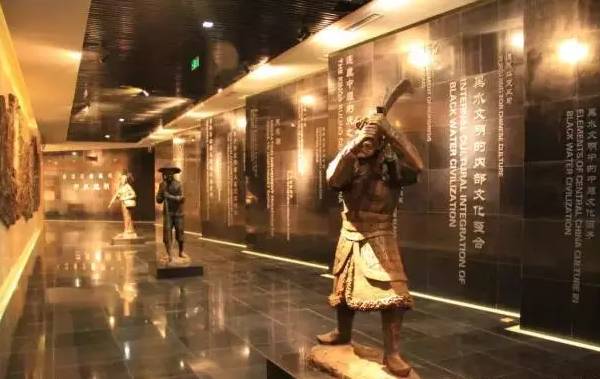
Fig4:Glare and excessive exposure within the Heilongjiang River Museum
Lighting glare is generally controlled by the anti-glare lamps
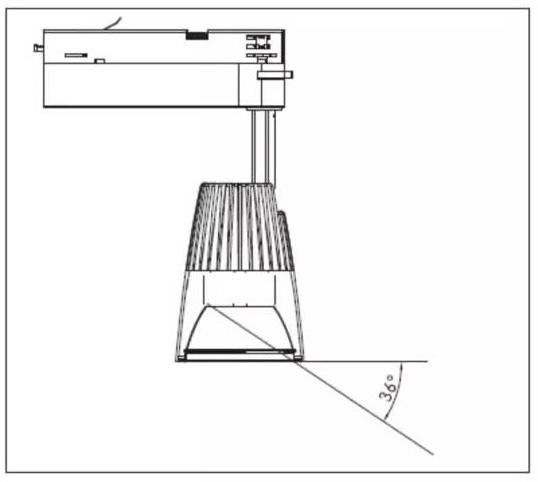
Fig5:Large anti-glare lamp
The audience will feel comfortable when glare be controlled.
Illumination planning of museum
After the glare problem is handled, we have to consider a new problem, that is the illumination planning.
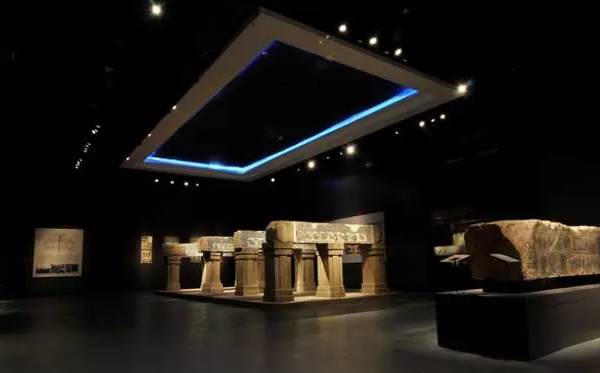
Fig6:Museum illumination planning
Firstly,improve the contrast
Exhibits will be easy to identify by reducing ambient light and improve the contrast lighting of exhibits. At the same time, by reducing the reflectance of interior materials, let the ambient brightness becomes lower
That is the reason why we go to the museum and see the majority of floors, ceilings, walls, etc. are dark. Most lamps are also black, and the pursuit is "see the light but not light".
Secondly, ensure the safety of illumination
People always tend to avoid dark bright, because too dark space would create insecurity, therefore, when the overall light environment darkened, we should ensure the safety illumination museum, and this is very important.
The museum will be able to create a quiet and comfortable environment space when above two aspects were good controlled, then people can enjoy history and accept cultural influence.
When these problems were solved, it was basically meet the requirements of illumination planning.
Light quality of museum
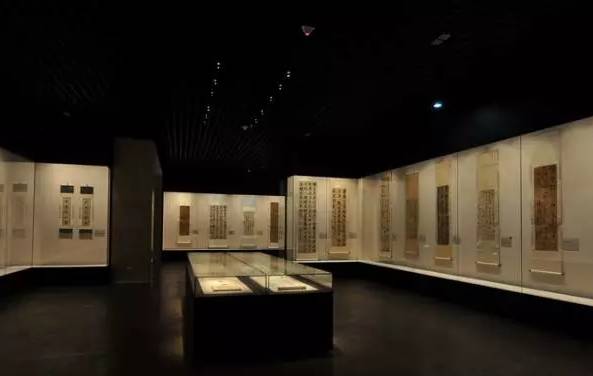
Fig7:Exhibition hall lighting
So, for all kinds of exhibits, what kind of light quality is appropriate?
Table1:Illuminance standard value and the amount of exposure limits of museum exhibits gallery
Category | Reference | Illumination(lx) | Amount(lx.h/a) |
Particularly Light- sensitive exhibits: Textiles, embroidery products, paper goods, painting, pottery (Stone), a dyeing leather, animal specimens | Exhibits surface | ≤50 | ≤50000 |
Light- sensitive exhibits:Painting, not dyed leather, horn products, bone products, ivory, wood products and paint. | Exhibits surface | ≤150 | ≤360000 |
Light-Insensitive:Metal products, stone utensils, ceramics, gem stone, rock specimens, glass products, ceramic products, enamel and so on. | Exhibits surface | ≤300 | No limit |
Note: 1,The choose of showroom illuminance should be 20% -30% of the exhibits illuminance.
2,The general lighting UCR of showroom should not be greater than 19
3,Ra of general place should not less than 80. In color vision requires high places, Ra not should not less than 90
Color temperature consistency
If the same space with varying Color temperature of light, the audience easily vertigo.
Museums generally use low Color temperature light, why?
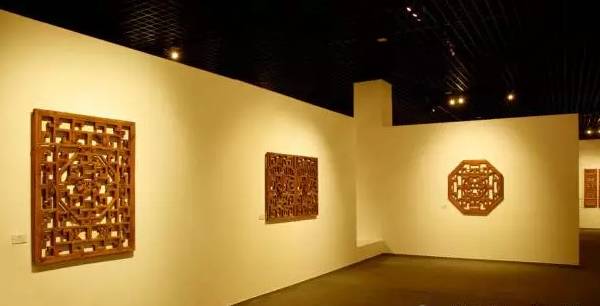
Fig8:Low color temperature
The answer is with a high color temperature of light in low-light space will make people uncomfortable.
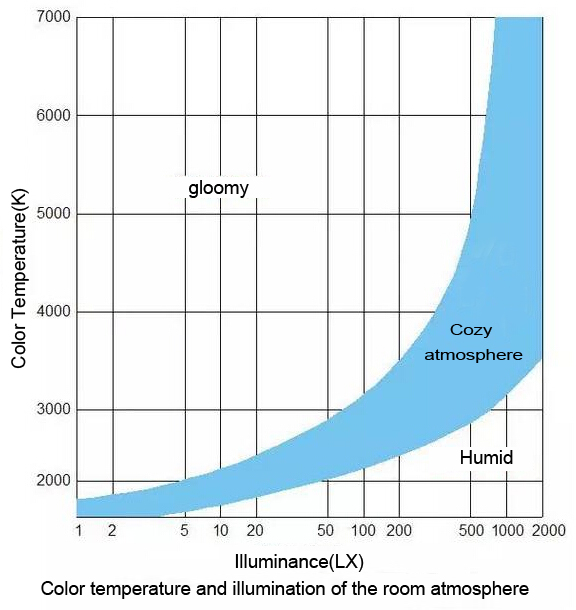
Fig9:Illumination - Color temperature curve of scholars Kruithof
Kruithof proposed pleasing desired color temperature and illumination lighting combinations, that figure unshaded section. Kruithof proposed pleasing desired color temperature and illumination lighting combinations, that figure unshaded section. Kruithof’s research mainly for the purposes of traditional light sources, but in the era of LED the relationship between illumination and color temperature, as well as how to create a pleasant museum environment remains to be studied.
Imagine the feelings:Bunches of pale light onto the exhibits in dark environments, what it feels like?
Will people be afraid?
In contrast, if use low color temperature light,it will not make people afraid, but quiet and comfortable.
So, if you consider from this aspect, you will understand why museum light use low color temperature.
Finally, to sum up 18-character tips of museums light:
Low illumination, low brightness, high contrast;
Low color temperature, low-glare, high color.